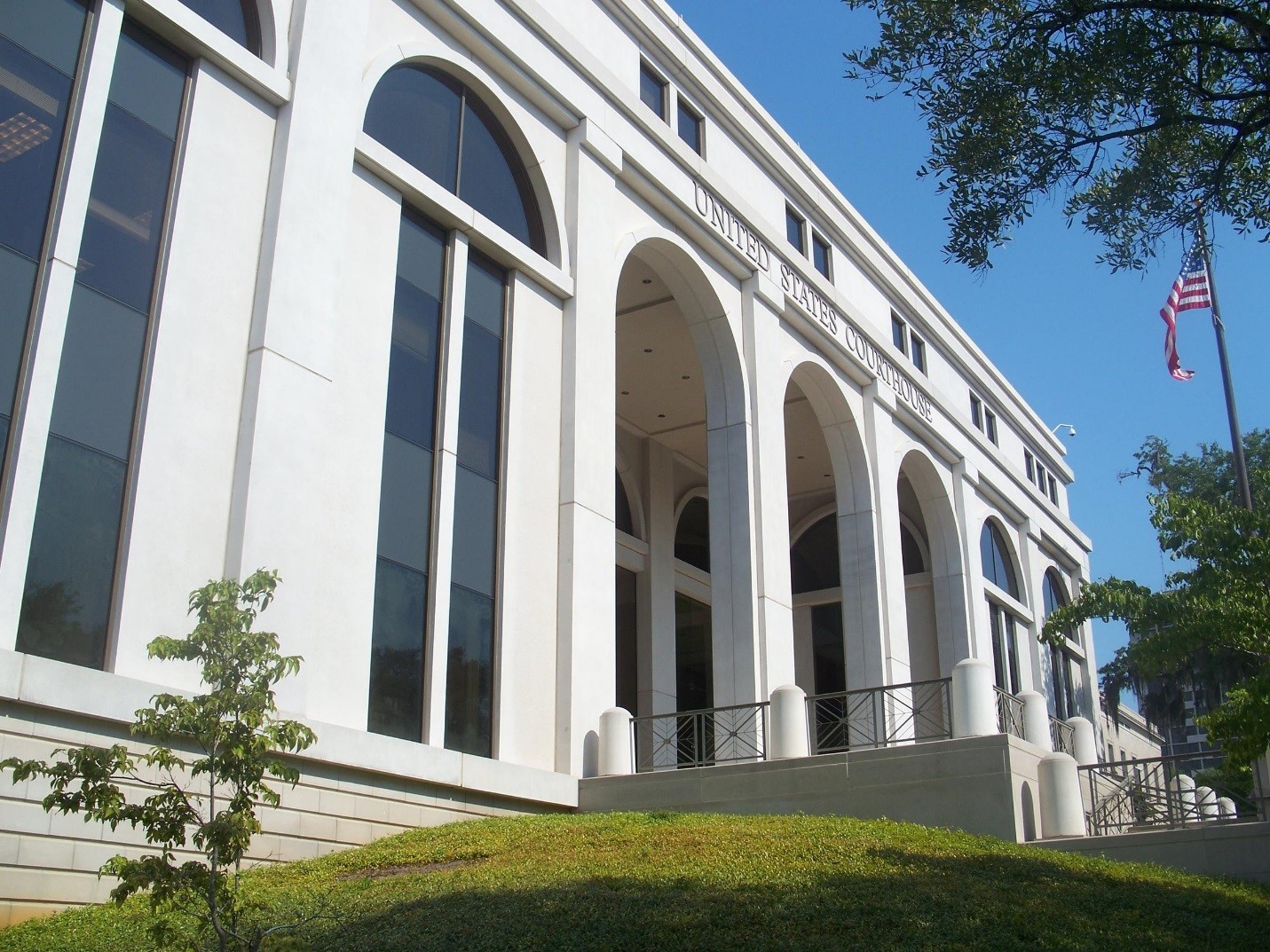Planning, forecasting & budgeting are all tools used by every business every day. It allows you to prepare for the day, month, fiscal year & the distant future ahead. No business can be very successful if they maintain a purely reactionary approach. The same is true when it comes to maintaining one of your most important assets, your building. It is even more important when talking about your roof; an important asset that isn’t easily seen and you may not know there is a problem until it is too late.
If you own a building for a business or as an investment property, keeping it in optimal condition benefits both you and customers, tenants, or anyone else who may use it. This is why it is so important for you to schedule inspections and implement a preventative maintenance plan. This ensures you that their roof is doing its job properly.
- Keep your roof free of debris, clean and functioning properly
If you have trees around your building the falling leaves & branches clog drains and gutters. As well as be the catalyst for other vegetation to grow on your roof. Impeding the ability for water to leave the roof can add excess weight to the roof system & strain the structure itself.
- Schedule regular inspections
Not only are regular inspections part of good roofing practice, but they are also a cost-effective way of managing your facility and roof. You could have water getting under your roof system for months before it makes its way into the building. By the time you see a stained ceiling tile; extensive damage could have occurred and also severely impacted the insulation and its ability to efficiently maintain the climate within the building. Ideally, a commercial roof should be closely examined at least twice a year: in the fall when the leaves have fallen and then in the spring to see what havoc winter may have caused. More frequent inspections may be necessary if your roof gets quite a bit of foot traffic. A thorough inspection involves looking at everything, including flashings and penetrations, vents, drains, and downspouts. You can check your own roof, but it is always a good idea to use a professional, as he or she can spot damage or any problems you might not notice.
- Don’t ignore minor issues
It doesn’t take much for something small to turn into a big – and costly – repair. This is why if a problem is spotted, it needs to be addressed right away. Not fixing something small could compromise your building and put your employees & customers it in harm’s way. A leak, for example, might damage computers, furniture & equipment but if the leak isn’t directly affecting daily work activities it may not be addressed. Eventually this could lead to a major issue if the water is allowed to compromise the integrity of the building. If you don’t make necessary repairs, you may also run into an issue with your insurance company if you end up having to make a claim and they feel that you were negligent with your maintenance.
- Utilize coatings for an extra layer of protection
Your roof by itself can offer your building solid protection, but there is something else you can do to make it even tougher. The right coating will safeguard your roof from severe weather, moisture, and UV rays. The latter can be particularly harmful because they dry out roofing materials, which can lead to splitting and cracking. If this happens, water can get inside, resulting in leaks. In addition to providing extra protection, the coating can reduce energy usage, which is good for both the environment and your bottom line.
- Maintain good records
Forgetting exactly what type of maintenance or repairs your roof has gotten can be easy, which is why you – or perhaps a property manager – should keep records of everything. This is especially true if you own multiple buildings. In addition to basic information, such as when the roof was installed and warranty paperwork, this record should also include details about every inspection. Not only will this help you stay organized and on top of everything related to your roof, if or when you decide to sell your building, but the future owner will also appreciate your diligence.
- Partner with a reliable and experienced roofing company
The last step in a solid preventative maintenance plan for your commercial roof is to form a partnership with a quality roofing company. Even if you have the time to get up on your roof periodically, you may not know exactly what you are looking for and you could be taking on unnecessary risks. This is the benefit of working with a professional roofing contractor that has the experience and safety practices to be sure that your roof will be in great hands at all times.
- Implement a Preventative Maintenance Program
What does a typical roofing maintenance agreement cover? Here’s what we typically provide during our inspections, along with any personized items that are specific to your building and your needs:
- Walk and inspect all roof areas including drains, gutters and sheet metal flashings.
- Clean out drains. Inspect all drain components.
- Dispose of all small debris from roof.
- Repair all minor deficiencies found on flashings around roof penetrations and parapet walls.
- Repair all deficiencies found on field membrane.
- Reseal all pitch pans.
- Inspect all mechanical equipment on roof. Report all deficiencies to owner.
- Provide digital photographs of all repairs made and any other areas of concern.
- Provide a written estimate for any other repairs not covered in this agreement.
Your building’s roof is something that should never be taken for granted. Contact Roof Solutions as soon as possible at 404-352-0000 to implement a Preventative Maintenance Program.



